What is the Importance of Extra Large Plastic Drip Trays in Modern Agriculture
In modern agriculture, the efficient management of water and nutrient delivery is paramount for maximizing crop yields and minimizing waste.
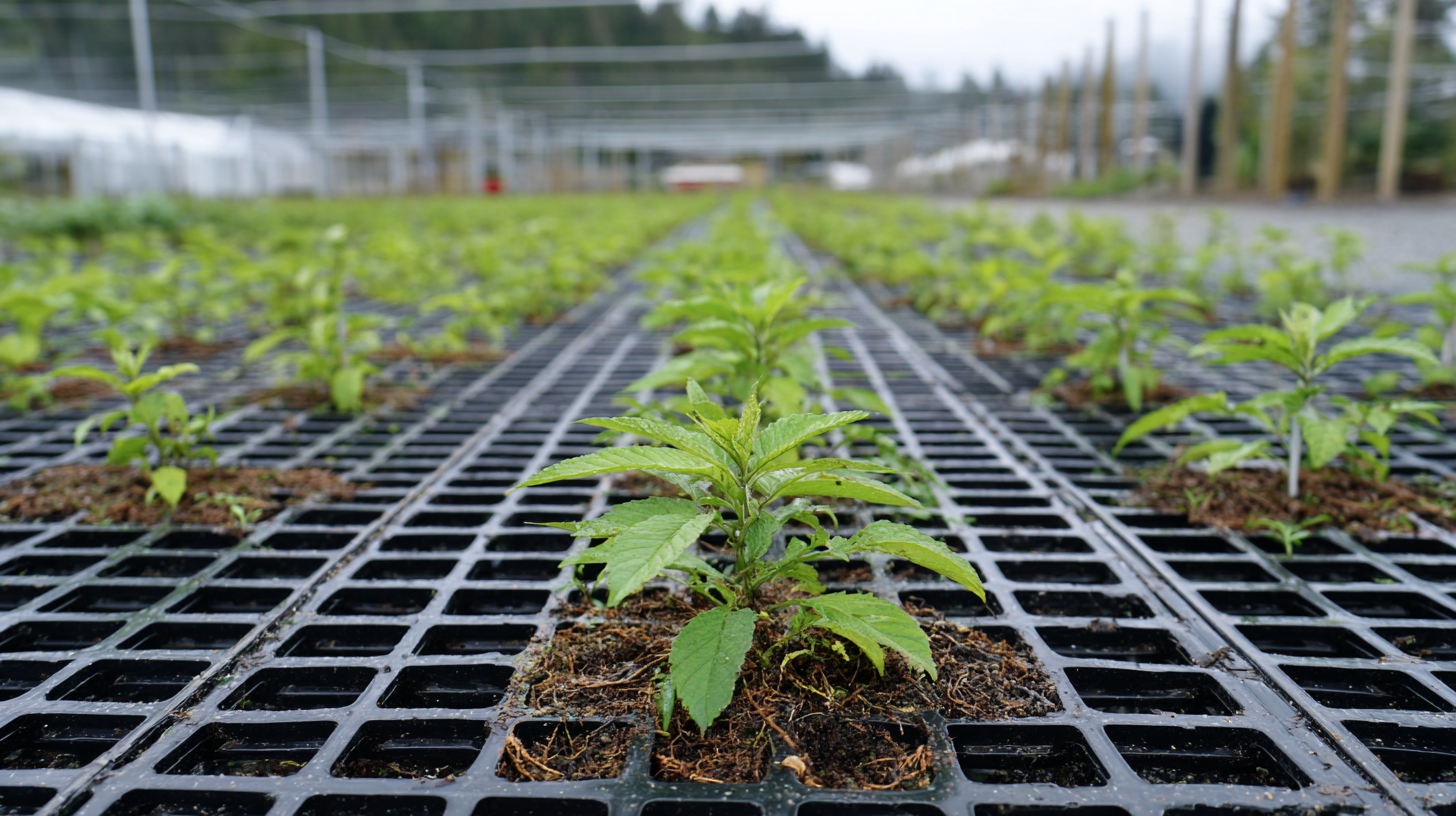 Extra large plastic drip trays have emerged as a critical innovation in this arena, allowing farmers to optimize irrigation systems while preventing soil erosion and nutrient runoff.
According to a report by the American Society of Agronomy, approximately 30-40% of water used in irrigation is wasted due to inefficient techniques, highlighting the need for effective solutions like these trays.
Furthermore, a study published in the Journal of Agricultural Engineering indicates that implementing drip irrigation systems paired with extra large plastic drip trays can increase crop productivity by up to 20%, demonstrating their pivotal role in sustainable agricultural practices.
As the industry moves toward more environmentally friendly approaches, the adoption of extra large plastic drip trays becomes essential for both conserving resources and enhancing food production.
Extra large plastic drip trays have emerged as a critical innovation in this arena, allowing farmers to optimize irrigation systems while preventing soil erosion and nutrient runoff.
According to a report by the American Society of Agronomy, approximately 30-40% of water used in irrigation is wasted due to inefficient techniques, highlighting the need for effective solutions like these trays.
Furthermore, a study published in the Journal of Agricultural Engineering indicates that implementing drip irrigation systems paired with extra large plastic drip trays can increase crop productivity by up to 20%, demonstrating their pivotal role in sustainable agricultural practices.
As the industry moves toward more environmentally friendly approaches, the adoption of extra large plastic drip trays becomes essential for both conserving resources and enhancing food production.
Benefits of Using Extra Large Plastic Drip Trays in Crop Production
In modern agriculture, the use of Extra Large Plastic Drip Trays has become increasingly vital due to their numerous benefits in crop production. These trays serve as effective catchment systems that prevent wastage of precious resources such as water and fertilizers. According to a report from the American Society of Agricultural and Biological Engineers, proper use of irrigation management can lead to an increase in water efficiency by up to 30%. With drip trays capable of collecting and redistributing runoff, farmers can significantly optimize their resource usage.
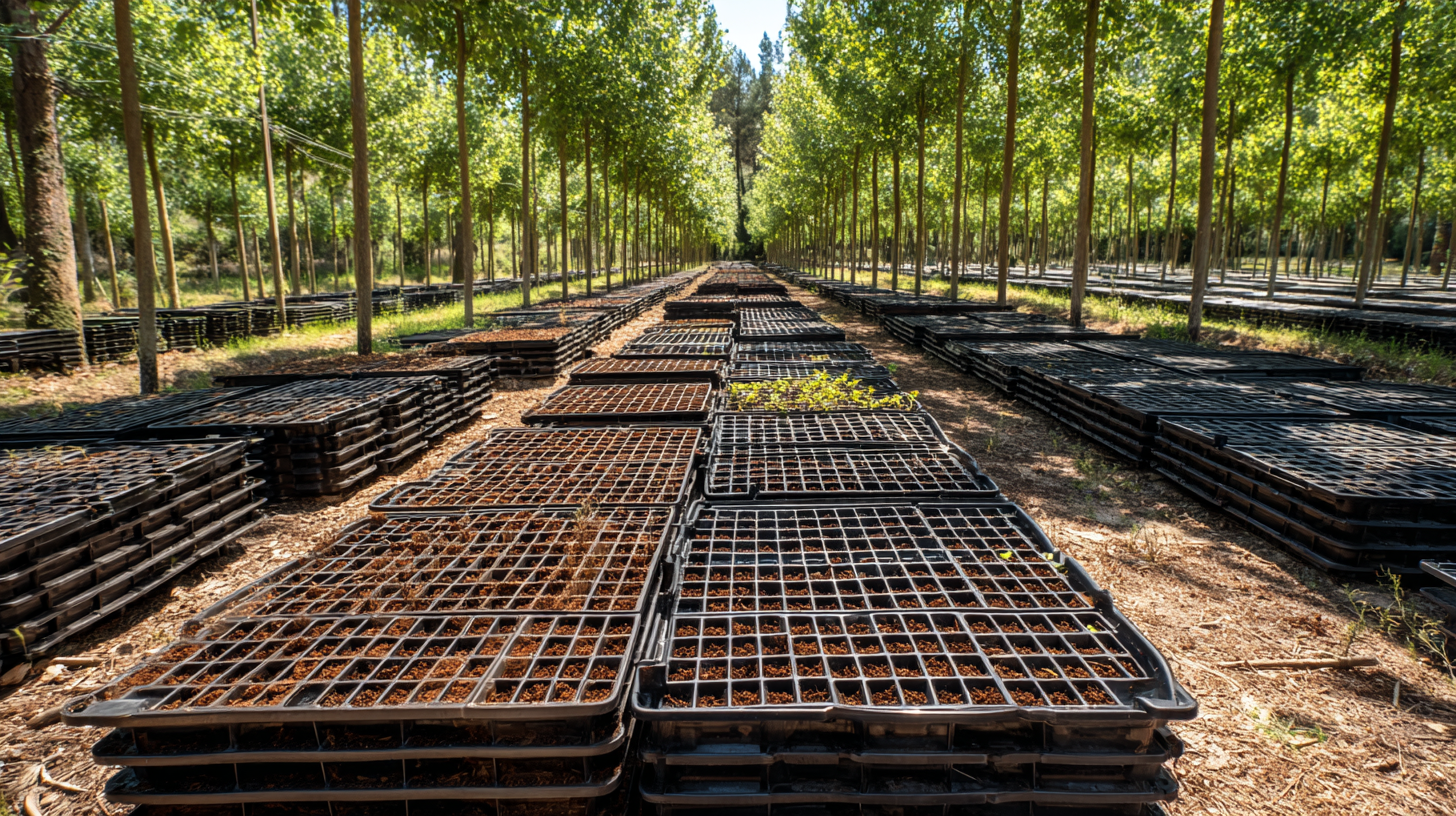
Moreover, the durability and lightweight nature of plastic drip trays contribute to their efficiency in various agricultural settings. A study published in the Journal of Agricultural Engineering, highlighting the role of plastic materials in sustainable farming, emphasizes that these trays can withstand harsh weather conditions while remaining easy to transport and set up. This flexibility allows farmers to maintain consistent crop conditions, leading to higher yields and healthier plants.
Additionally, the reduction in soil erosion and nutrient leaching, as evidenced by field trials, contributes to long-term soil health, making these trays an essential component of modern agricultural practices.
Key Factors to Consider When Choosing Drip Trays for Your Farm
When selecting extra large plastic drip trays for your farm, several key factors come into play. First and foremost is the size and capacity of the trays. Choosing the right dimensions ensures that they can accommodate the volume of water runoff generated by your irrigation systems. Larger trays can prevent overflow and minimize water wastage, which is essential for both economic efficiency and environmental sustainability.
Another critical factor is the material quality. High-density polyethylene (HDPE) is a popular choice for drip trays due to its durability and resistance to UV radiation, which prolongs their lifespan. Additionally, the presence of drainage holes is vital; they allow excess water to escape while retaining enough moisture for crops. Opting for trays with ribbed surfaces can also enhance stability and availability of space for plant roots, promoting healthy growth while reducing the risk of pests and diseases. By prioritizing these considerations, farmers can make informed choices that foster better crop yields and sustainable farming practices.
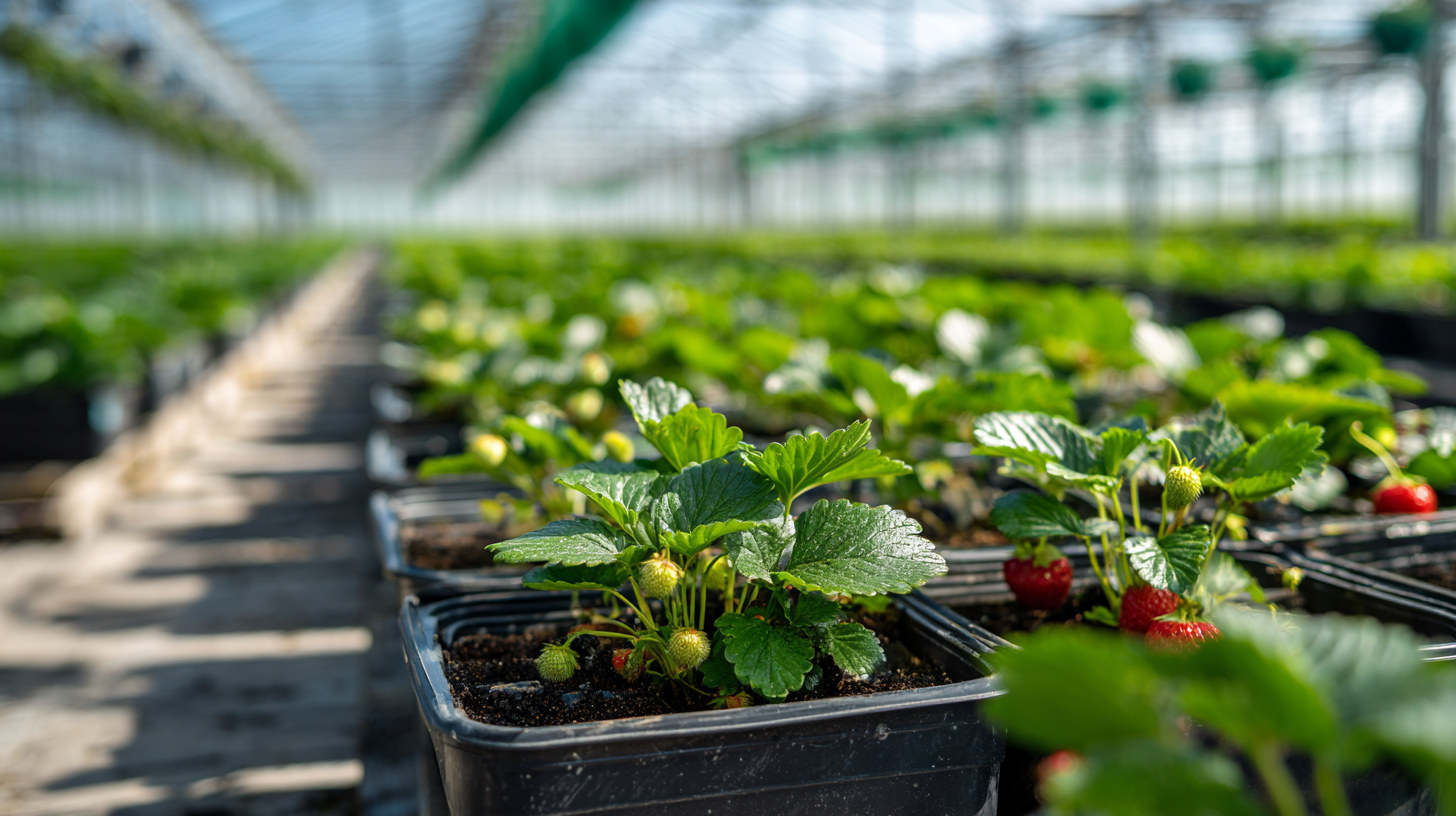
How Extra Large Drip Trays Enhance Water Management Efficiency
In modern agriculture, water management efficiency is a crucial element for optimizing crop yields, and extra large plastic drip trays play a significant role in achieving this goal. By capturing excess water from irrigation systems, these trays minimize runoff and evaporation, ensuring that plants receive the moisture they need to thrive. Their large size allows for accommodating a greater volume of water, reducing the frequency of refills and promoting sustained irrigation practices.
Tips for effective water management include positioning drip trays strategically beneath plants to maximize their water collection capabilities. Additionally, regularly checking and cleaning the trays can prevent algae buildup, which can hinder water absorption. Implementing a schedule for monitoring water levels helps farmers make timely adjustments, ensuring crops are consistently hydrated.
Furthermore, integrating additional features such as drainage holes can enhance the functionality of extra large drip trays. This allows for easy overflow in case of heavy rain, minimizing the risk of waterlogging and root rot. By leveraging these tips and utilizing extra large plastic drip trays, farmers can improve their water management systems significantly, leading to healthier crops and sustainable agricultural practices.
Water Management Efficiency with Extra Large Plastic Drip Trays
Top Maintenance Tips for Extending the Lifespan of Drip Trays
In modern agriculture, extra large plastic drip trays serve a pivotal role in optimizing water usage and reducing wastage. However, to maximize their utility and lifespan, proper maintenance is essential. According to a report by the National Agricultural Statistics Service, the effective use of drip trays can increase water retention by up to 30%, significantly benefiting crops during dry periods.
**Tip 1: Regular Cleaning**
Keeping your drip trays clean is crucial for preventing algae growth and maintaining water quality. A bi-weekly rinse with a gentle detergent can eliminate organic buildup that compromises functionality.
**Tip 2: Inspect for Damage**
Regularly check for signs of wear and tear, especially in the seams and edges of trays. The American Society of Agriculture and Biological Engineers notes that consistent inspection can extend the lifespan of plastic materials by up to 50%. Replacing damaged sections promptly can help avoid larger issues.
**Tip 3: Proper Storage**
When not in use, store drip trays in a shaded, dry environment to prevent warping and brittleness caused by UV exposure. The University of California's Agriculture and Natural Resources emphasizes that effective storage practices can prolong the usability of plastic equipment, making it a vital consideration for any agricultural operation.
What is the Importance of Extra Large Plastic Drip Trays in Modern Agriculture - Top Maintenance Tips for Extending the Lifespan of Drip Trays
| Feature | Importance | Maintenance Tips |
|---|---|---|
| Size and Capacity | Accommodates larger plants and reduces overflow risk | Regularly clean to prevent blockages |
| Durability | Resistant to UV rays and harsh weather | Store indoors when not in use to extend lifespan |
| Water Management | Prevents waterlogging and promotes healthy root systems | Check for leaks and repair immediately |
| Lightweight Design | Easy to move and reposition | Minimize relocation to prevent wear |
| Versatility | Suitable for various types of plants and setups | Use for multiple seasons as conditions change |
Real-World Case Studies: Successful Adoption of Large Drip Trays in Agriculture
In modern agriculture, the adoption of extra-large plastic drip trays has proven to be a transformative practice, as evidenced by multiple real-world case studies. For instance, a study conducted by the American Society of Agricultural and Biological Engineers found that farms utilizing large drip trays experienced a reduction in water usage by up to 30%, significantly benefiting resource management. Farms in regions prone to water scarcity, such as California's Central Valley, reported enhanced crop yields due to improved moisture retention and minimized soil erosion. This not only supports environmental sustainability but also increases the profitability of agricultural practices.
Tip: When considering the implementation of extra-large drip trays, ensure they are constructed from UV-resistant materials to extend their lifespan and maintain effectiveness, especially in regions with intense sunlight.
Furthermore, case studies from innovative farms demonstrate that the integration of these trays has led to a decrease in pest-related issues. By preventing soil saturation and runoff, farmers have observed fewer breeding grounds for harmful insects. For example, one organic farm noted a 50% decline in certain pest populations after adopting these trays, allowing for healthier crops and reduced reliance on pesticides.
Tip: Regularly monitor and clean the trays to ensure optimal drainage and prevent algae buildup, which can compromise their efficiency.
Related Posts
-

10 Essential Tips for Sourcing the Best Plastic Drip Tray for Your Business Needs
-
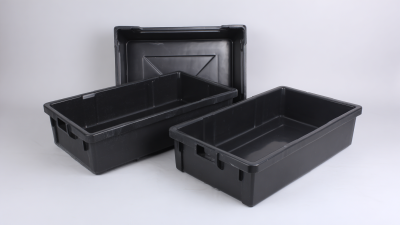
Unmatched Quality in Plastic Spill Trays from China Leading the Global Market
-
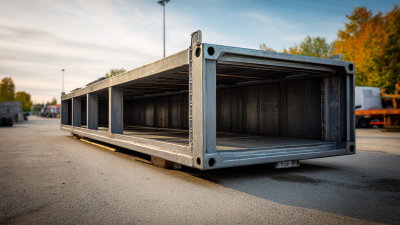
Transforming Efficiency in 2025 with the Best Large Drain Pan Innovation and Its Benefits
-

5 Essential CNC Machine Tips to Boost Productivity by 30% in Your Manufacturing Process
-
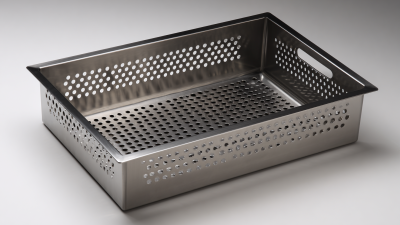
Exploring the Top Features of the Best Large Drain Pan for Global Buyers
-
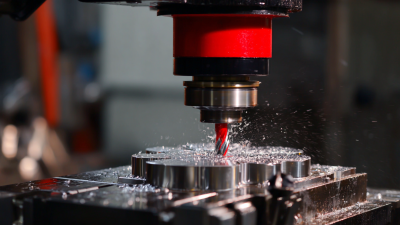
5 Reasons Why CNC Machine Tooling is Essential for Modern Manufacturing